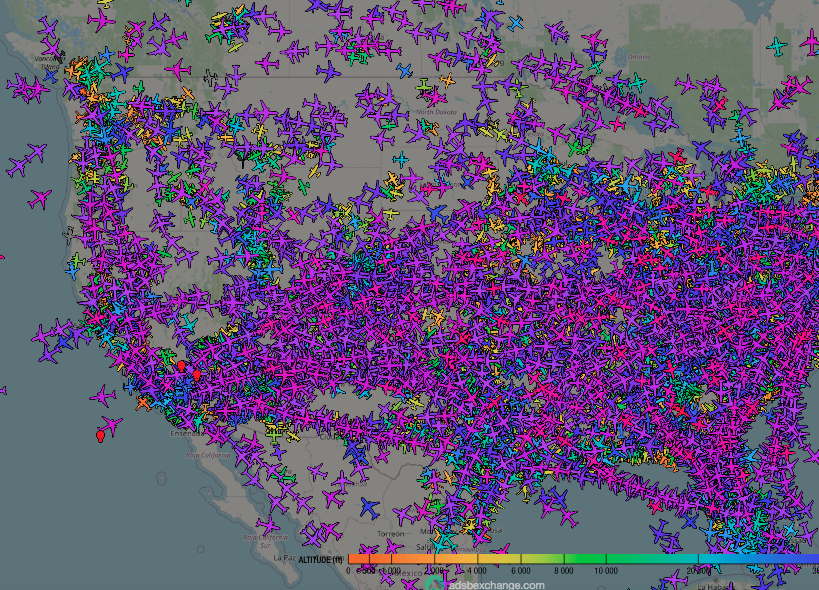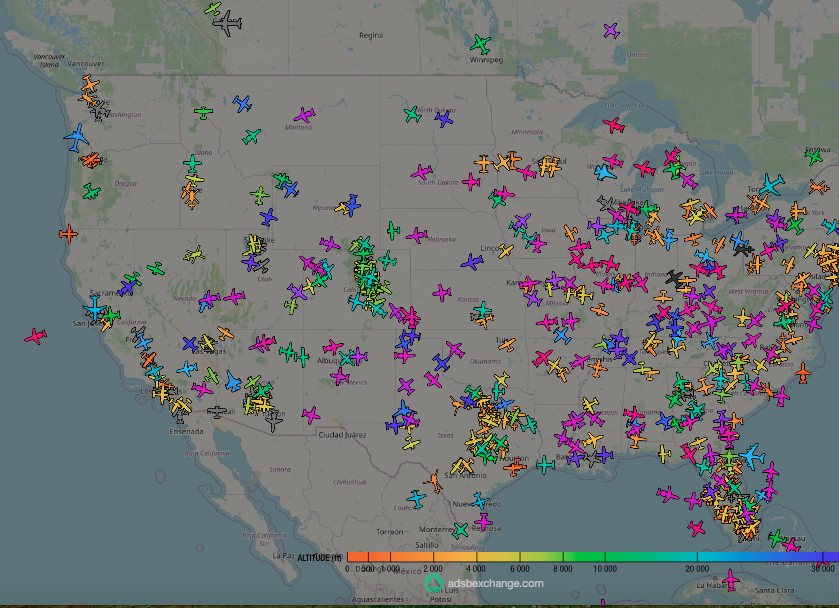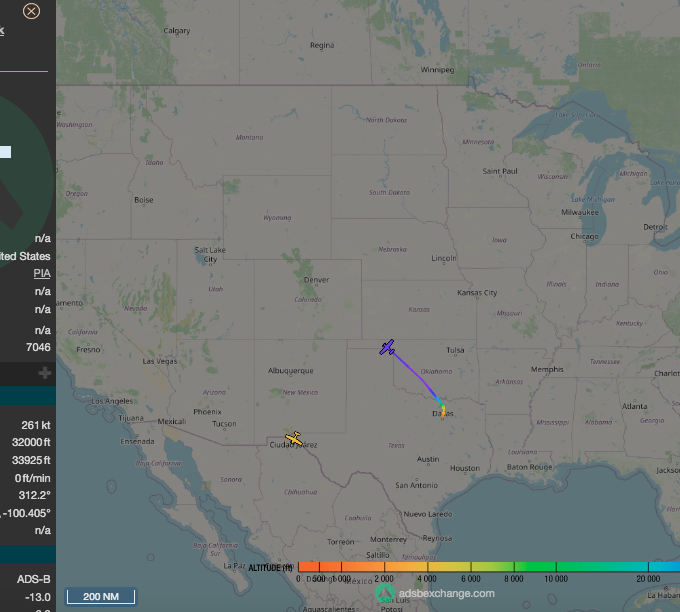New Downloads Page
Data Downloads
Those of you who know me, will know that I’ve been collecting and processing aviation data for over 25 years. Those of you who don’t know me, well I have thousands of files – just from the FAA download site. But have been downloading many others for just about as long, where I identify that a file has changes I download and store it.
I have now decided to make some of the data sets available, to do this I have striped out most of the data and have created a stndard format for the registers and given free access to the data – why have I done this?
I have alwayd found that the ability for specific searches is missing in the official sites, for instance you can search by a registration, or an owner but the results are usually restricted. So the data files I have created are designed to be loaded into any standard application and you can search how you like, as an example all Cessna 177’s.
The information is minimal and one record per line, it is a list of comma separated values containing registration, manufacturer, model, construction number and registrant. The registrant may be the owner, a company or an agency.
You should be able to load the data into Microsoft Excel or an equivalent, or a word processing package like word if you really wanted to print out the “thousands of pages”. Currently there are 350,000 active air frames available to download, covering Australia, Canada and the United States along with 375,000 de-registered frames from the United States Data. As a guide printing these out would run to approximately 20,000 pages.
Support this site.
It does take some time and effort to create these downloads, also there are a number of costs associated with running the site. So if you can consider supporting this site with a donation it would be helpful, if you find the site useful then why not treat me to a doughnut – or even a doughnut and a coffee if you’re feeling really flush.
But regardless of whether you donate or not, I hope that the contents of the files are of some use, also bear in mind that the files are all from the 24th of June 2024 – I will try and produce a new data set every month or more frequently if time allows.


